allotments and community gardens
User
13 years ago
Related Stories
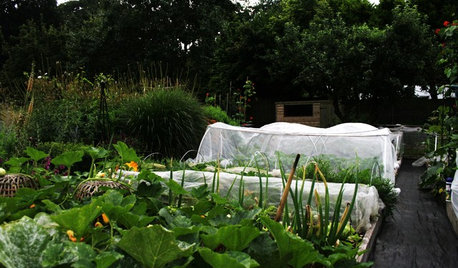
EDIBLE GARDENSFood and Community Thrive in a U.K. Allotment Garden
Get a peek at a rented garden plot in England where edibles and flowers mix and local residents can mingle
Full Story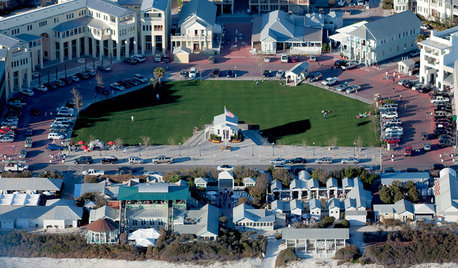
COMMUNITYTour a Pioneering Beach Town That Fosters Community
No cars, mixed-use zones, strict building codes ... a new book takes us inside Seaside, a champion of New Urbanism
Full Story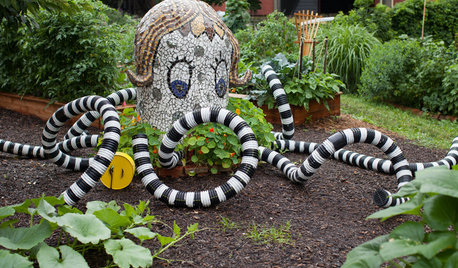
COMMUNITYArt, Edibles and Community Make Magic in a Pittsburgh Garden
With a name like Friendship, is it any wonder this neighborhood created such an enchanting community garden?
Full Story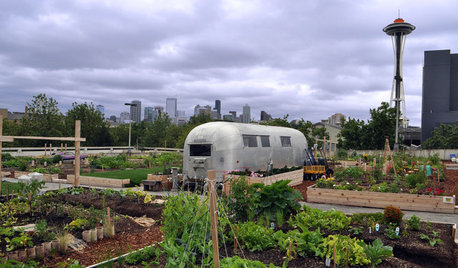
URBAN GARDENSCommunity Thrives Along With a Garage-Top Garden
Seattle neighbors join forces to create a large-scale community garden atop an old parking structure
Full Story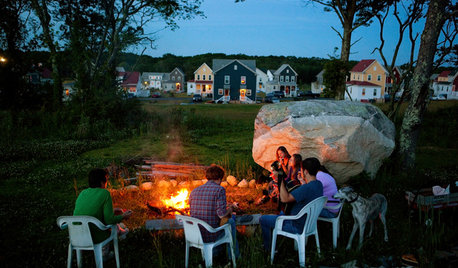
HOUZZ TOURSA New Community Flourishes in Rhode Island
Innovative affordable housing project offers new ideas for living with agriculture, art and each other
Full Story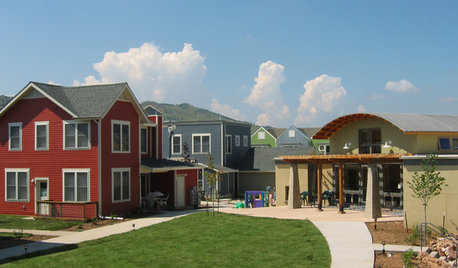
COMMUNITYTogetherness Take 2: Is a Cohousing Community for You?
Missing that sense of connection? Consider the new breed of neighborhood with a communal bent
Full Story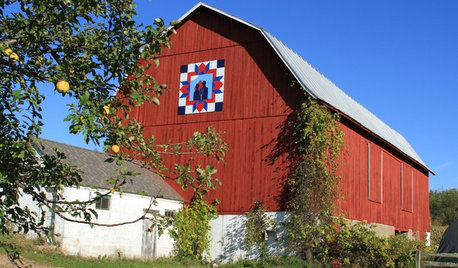
ARTBarn Quilts Piece Together a Community
One man with one beautiful idea transforms Wisconsin’s Shawano County
Full Story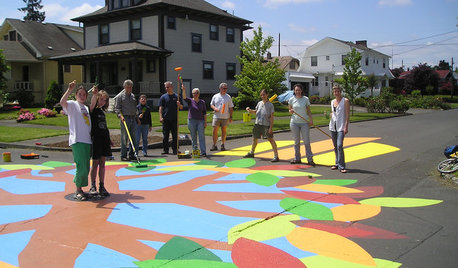
COMMUNITYCommunity Building Just About Anyone Can Do
Strengthen neighborhoods and pride of place by setting up more public spaces — even small, temporary ones can make a big difference
Full Story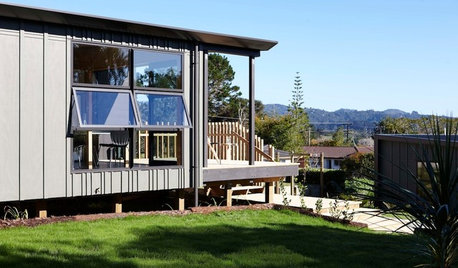
COMMUNITYTwo Homes Focus on Community
Energy-efficient houses in New Zealand adopt a neighborly point of view
Full Story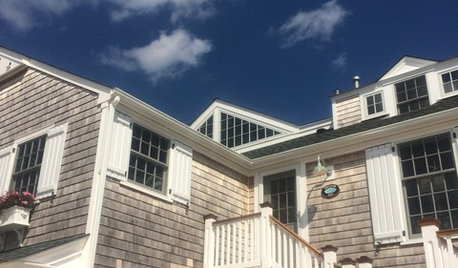
DISASTER PREP & RECOVERYHouzz Tour: Family Rebuilds Home and Community After Hurricane Sandy
This restored coastal New Jersey house — now raised 9 feet off the ground — offers inspiration for neighbors considering a return
Full StorySponsored
Columbus Design-Build, Kitchen & Bath Remodeling, Historic Renovations






judith5bmontreal
UserOriginal Author
Related Discussions
Gardening in a Community Garden
Q
Community Garden - new garden starting up in Charlotte
Q
Community/allotment gardens near Berlin, Munich, Prague, Vienna?
Q
garden clubs &/or community garden in Bristol/JC area?
Q
carol6ma_7ari
judith5bmontreal
UserOriginal Author
judith5bmontreal
UserOriginal Author
cemeteryrose
landperson
jacqueline9CA
mariannese
UserOriginal Author
hoovb zone 9 sunset 23
landperson
UserOriginal Author
judith5bmontreal